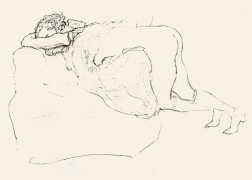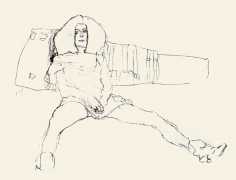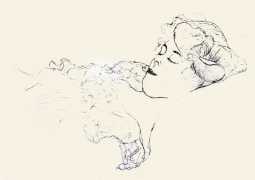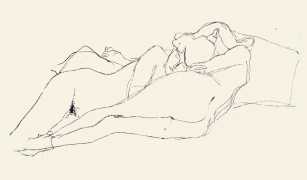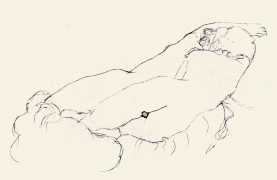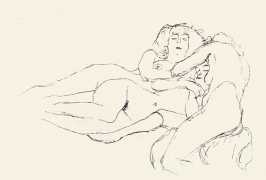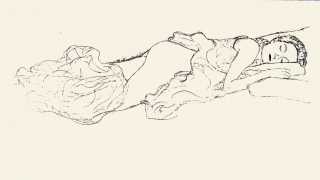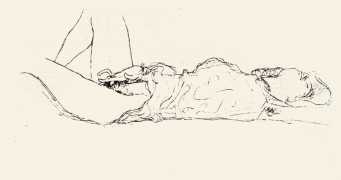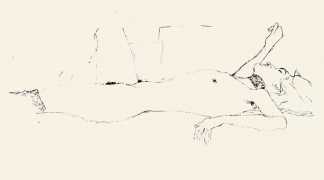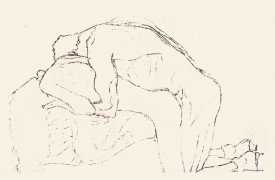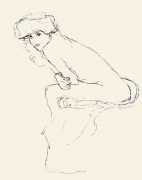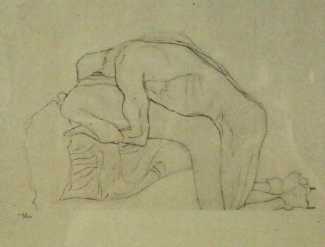 Living at the height of the Roman Empire, the audience Lucian wrote for in Die Hetärengespräche (Dialogues of the Courtesans) was hardly shocked by these short dialogues between Greek prostitutes. However, two millennia of ensuing prudery made it impossible to acknowledge this part of the Lucian corpus, a set of humorous vignettes set in the context of the ‘oldest profession’, let alone translate it into a vernacular language. The comic sketches are timeless: working girls competing for clients, dishing gossip and candid tips of the trade, men trying to keep their girls’ attention with expensive gifts. It also portrays the dark side of the prostitutes’ lives: out-of-control parties, blowhard men, and putting up with rough treatment by clients. The hetaerae of Lucian were not constantly wondering whether their next client was going to flash a badge and haul them off to jail – sex workers in antiquity were just another occupation, like the butcher, the baker and the sandal maker. At that time, pagan temples throughout the eastern Mediterranean had sacred prostitutes, and patronising them was considered a sanctified act. The hetaerae actually had a lot more freedom than other women in Greek society.
Living at the height of the Roman Empire, the audience Lucian wrote for in Die Hetärengespräche (Dialogues of the Courtesans) was hardly shocked by these short dialogues between Greek prostitutes. However, two millennia of ensuing prudery made it impossible to acknowledge this part of the Lucian corpus, a set of humorous vignettes set in the context of the ‘oldest profession’, let alone translate it into a vernacular language. The comic sketches are timeless: working girls competing for clients, dishing gossip and candid tips of the trade, men trying to keep their girls’ attention with expensive gifts. It also portrays the dark side of the prostitutes’ lives: out-of-control parties, blowhard men, and putting up with rough treatment by clients. The hetaerae of Lucian were not constantly wondering whether their next client was going to flash a badge and haul them off to jail – sex workers in antiquity were just another occupation, like the butcher, the baker and the sandal maker. At that time, pagan temples throughout the eastern Mediterranean had sacred prostitutes, and patronising them was considered a sanctified act. The hetaerae actually had a lot more freedom than other women in Greek society.
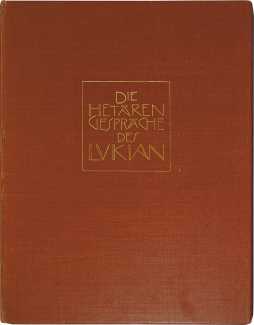 In 1907 the Leipzig publisher Julius Zeitler asked Gustav Klimt if he would be interested in providing illustrations to accompany a new German translation by Franz Blei of the Hetärengespräche. Klimt selected fifteen drawings from a series of studies he had undertaken in preparation of his two celebrated ‘Water Serpents’ paintings. The result was a handsome red-bound portfolio incorporating Klimt’s engravings and Blei’s translation.
In 1907 the Leipzig publisher Julius Zeitler asked Gustav Klimt if he would be interested in providing illustrations to accompany a new German translation by Franz Blei of the Hetärengespräche. Klimt selected fifteen drawings from a series of studies he had undertaken in preparation of his two celebrated ‘Water Serpents’ paintings. The result was a handsome red-bound portfolio incorporating Klimt’s engravings and Blei’s translation.
Die Hetärengespräche des Lukian was published by Julius Zeitler in a numbered limited edition of 450 copies.




